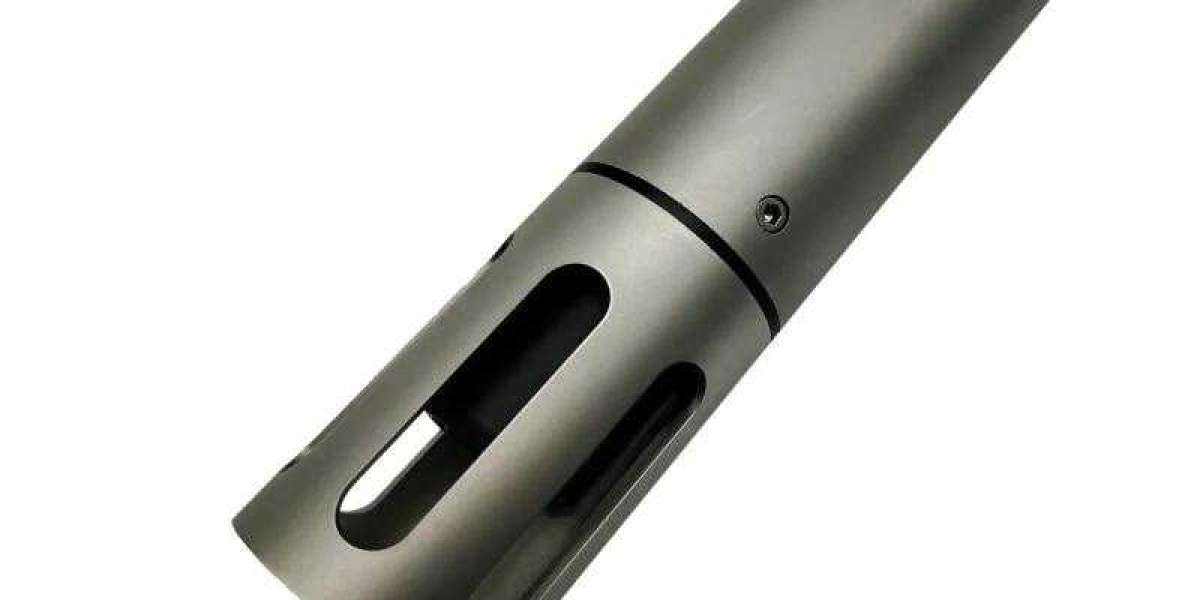In this blog post, we’ll delve into the functionality, types, and applications of dissolved oxygen sensors, helping you grasp their significance in maintaining a healthy aquatic environment.
What is Dissolved Oxygen?
Dissolved oxygen refers to the amount of oxygen that is present in water. Unlike oxygen in the air, which is freely available, dissolved oxygen exists as molecules of oxygen that are dissolved into water. It is vital for the survival of aquatic organisms, such as fish, plants, and microorganisms, which depend on it for respiration. Moreover, DO plays a critical role in the chemical and biological processes occurring in water bodies. Insufficient dissolved oxygen levels can lead to hypoxia, a condition that severely harms aquatic life.
The Role of Dissolved Oxygen Sensors
Dissolved oxygen sensors are devices used to measure the concentration of oxygen dissolved in water. These sensors are essential tools in both laboratory and field settings to monitor water quality. They provide real-time data on oxygen levels, enabling users to assess the health of an aquatic system and take necessary actions to prevent damage to ecosystems.
How Do Dissolved Oxygen Sensors Work?
There are various types of dissolved oxygen sensors, but they all operate on the same fundamental principle: measuring the concentration of oxygen present in water. Two common types of sensors include:
Polarographic Sensors: These sensors use a membrane that is permeable to oxygen. A voltage is applied across the membrane, causing oxygen molecules to diffuse through it. The rate of oxygen diffusion is proportional to the amount of oxygen present in the water. The electrical current generated by this process is then used to calculate the oxygen concentration.
Galvanic Sensors: Similar to polarographic sensors, galvanic sensors use a membrane to allow oxygen to diffuse through, but instead of applying a voltage, the chemical reaction between oxygen and the sensor produces an electrical current directly. This current is proportional to the dissolved oxygen concentration.
Both sensor types are effective, with polarographic sensors typically being more accurate but requiring regular calibration and maintenance. Galvanic sensors, on the other hand, are more robust and require less maintenance but may be slightly less precise.
Applications of Dissolved Oxygen Sensors
Dissolved oxygen sensors are used in a wide variety of fields, including:
Aquaculture: In fish farming, monitoring dissolved oxygen is critical to ensure fish are thriving. Low oxygen levels can stress aquatic organisms, leading to disease or death.
Wastewater Treatment: In wastewater facilities, DO sensors are crucial for optimizing the biological treatment process. Aerobic bacteria need oxygen to break down organic matter, so maintaining optimal DO levels ensures efficient treatment.
Environmental Monitoring: Environmentalists use dissolved oxygen sensors to assess the health of rivers, lakes, and oceans. Low DO levels often indicate pollution, algal blooms, or other ecological issues.
Industrial Processes: Industries such as brewing, food processing, and pharmaceuticals rely on DO sensors to monitor and control oxygen levels in their processes.
Conclusion
Dissolved oxygen sensors are invaluable tools for water quality monitoring, providing critical insights into the health of aquatic environments and industrial processes. By measuring DO levels, we can ensure that ecosystems remain balanced and that industrial operations proceed smoothly. Whether used in the lab, in wastewater plants, or the field, these sensors are key to maintaining a sustainable and healthy environment.

